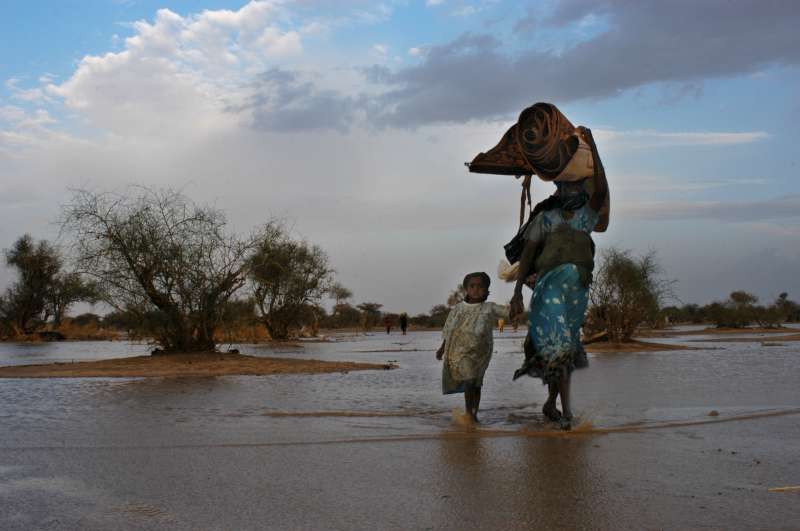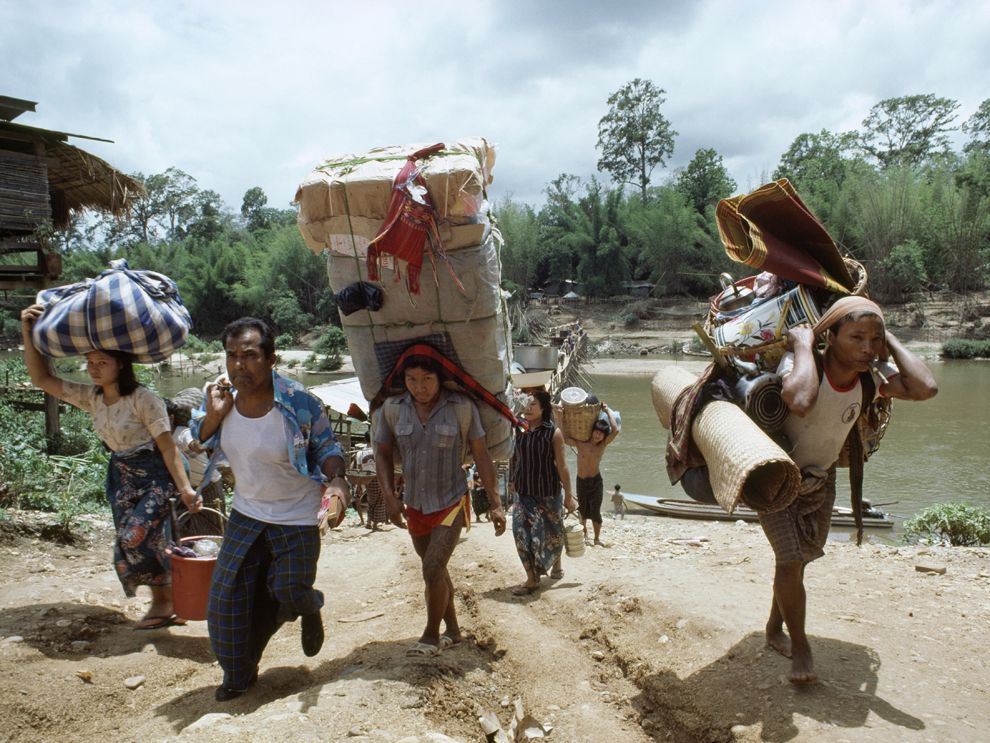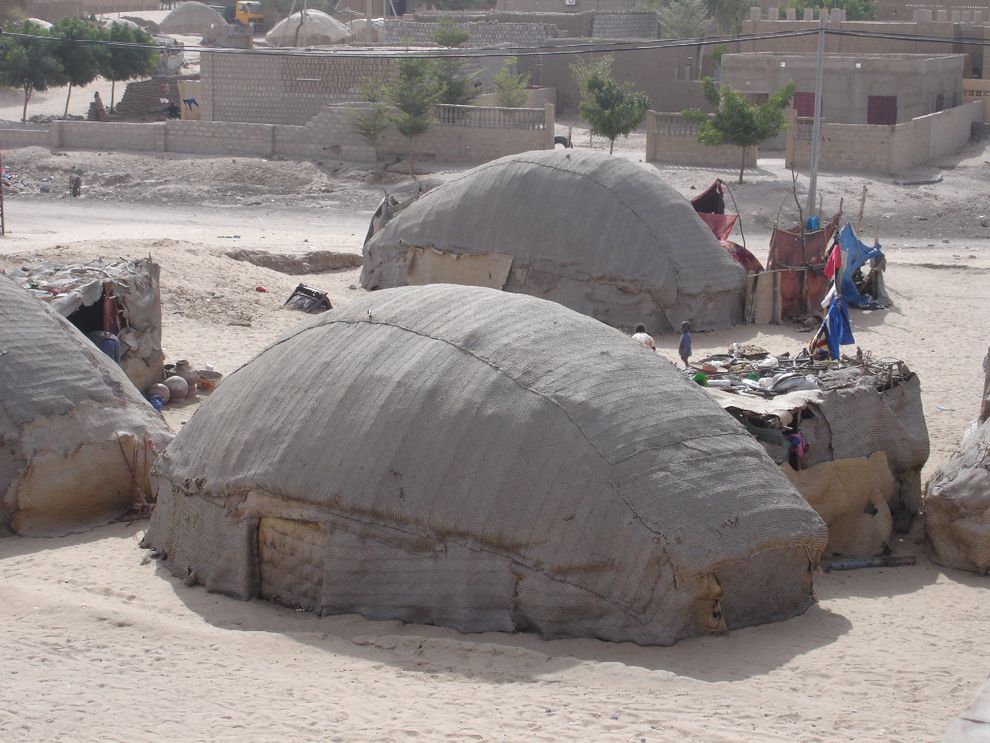


Environmental refugees are people who are forced to leave their homes due to natural disasters. Some examples of these natural disasters are earthquakes, hurricanes, floods, etc. Although environmental disruptions, they can also be man-made, such as nuclear accidents pollution. In 1990, the World Bank estimated that 100 million people were displaced by dam-building projects. This usually happens when the reservoir of water that is held behind the dam floods towns and villages where people are living .

Article~Environmental Refugees by James Hollifield & Idean Sale Salehyan
"The existing international refugee regime is ill-suited to cope with those seeking refuge from environmental disasters. Countries must get serious about developing coordinated plans to address the issue, lest they be caught by surprise when another humanitarian crisis hits."

Article~Refugees by National Geographic
"Refugee status is an official decision made by the country providing asylum or an international agency. A person who is seeking asylum but has not yet received refugee status is called an asylum-seeker. Countries that have signed the Convention have agreed not to deport asylum-seekers to places where their lives or freedom may be in danger."

Article ~ Climate Change and Disaster Displacement
" Climate change affects people inside their own countries, and typically creates internal displacement before it reaches a level where it displaces people across borders. There may be situations where the refugee criteria of the 1951 Convention or broader refugee criteria of regional refugee law frameworks may apply, for example if drought-related famine is linked to situations of armed conflict and violence – an area known as “nexus dynamics."
Article ~ The Climate Crisis, Migration, and Refugees
"On March 14, 2019, Tropical Cyclone Idai struck the southeast coast of Mozambique. The U.N. High Commissioner for Refugees reported that 1.85 million people needed assistance. 146,000 people were internally displaced, and Mozambique scrambled to house them in 155 temporary sites.[1] The cyclone and subsequent flooding damaged 100,000 homes, destroyed 1 million acres of crops, and demolished $1 billion worth of infrastructure."